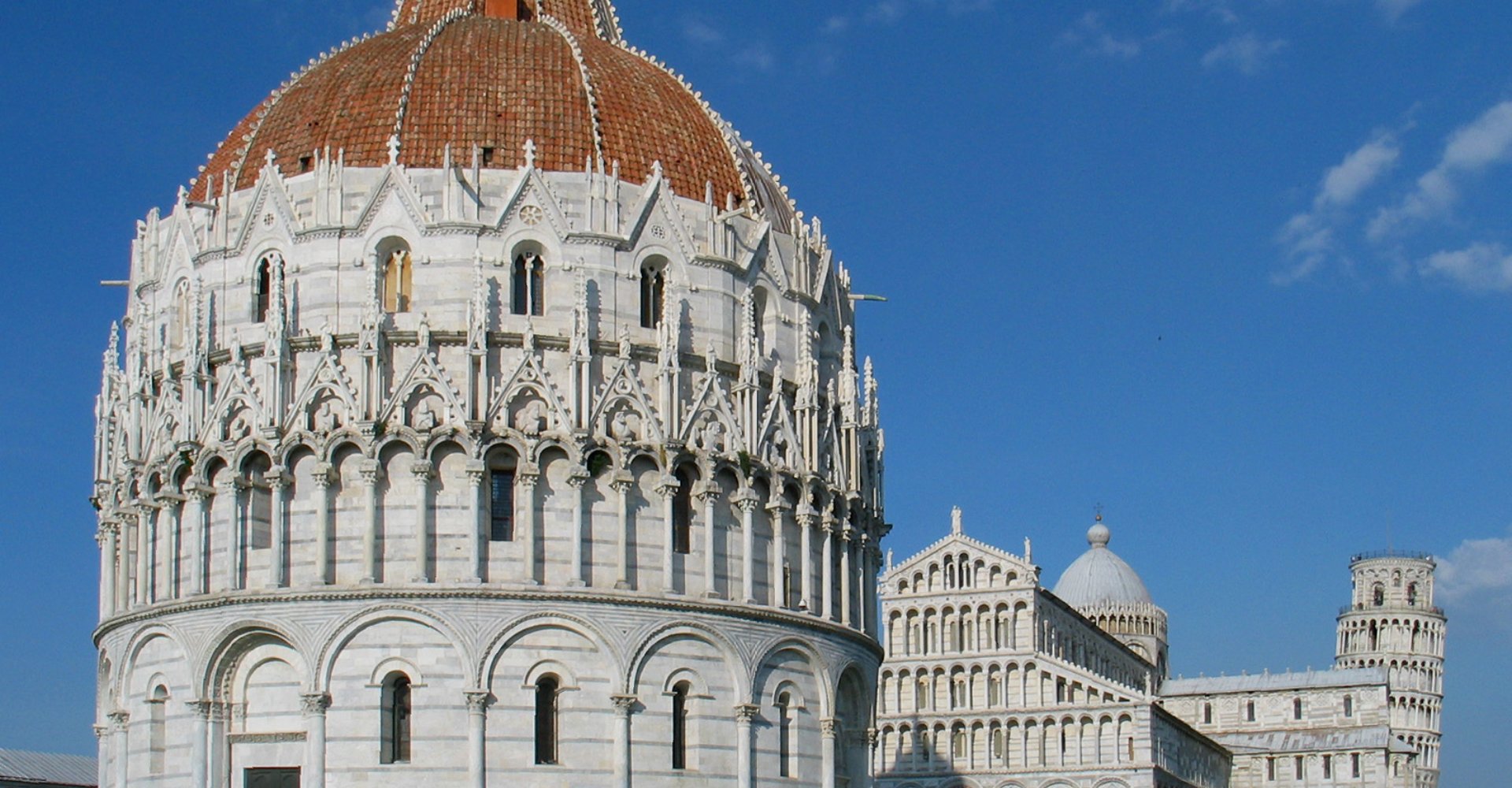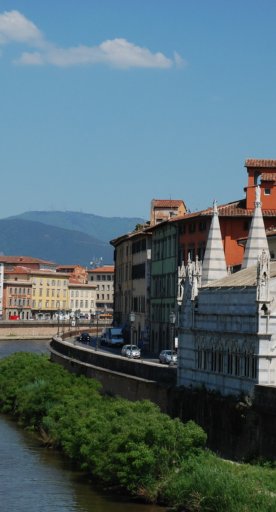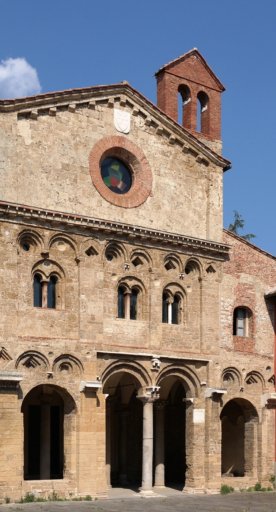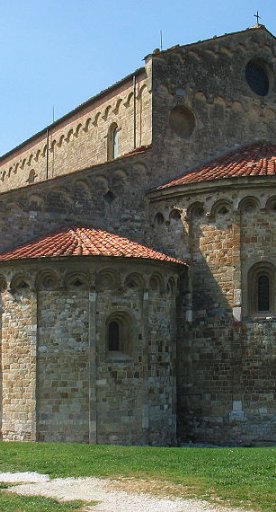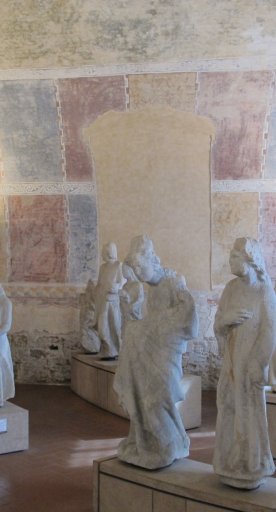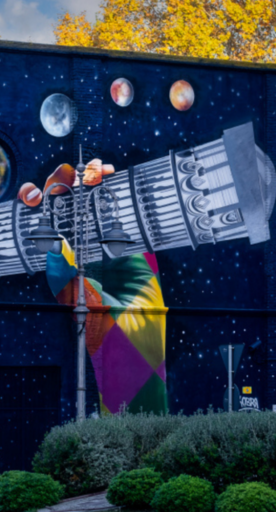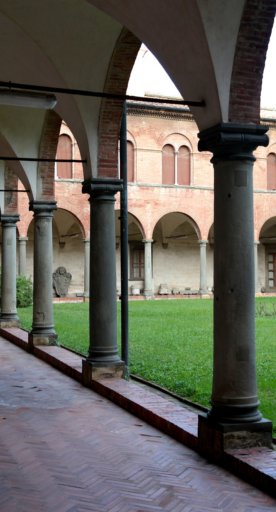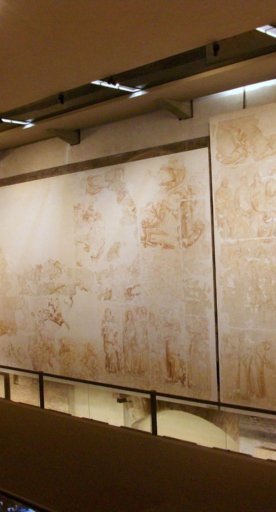Piazza dei Miracoli
A treasury of masterpieces, from the Cathedral to the Leaning Tower
It is one of the most striking squares in the world, a masterful expression of human creativity. Since 1982 it has been a UNESCO World Heritage Site.
Welcome to Piazza Duomo in Pisa, renamed the Piazza dei Miracoli (“Square of Miracles”) by Gabriele d’Annunzio due to the sheer amount of masterpieces it hosts, all of which are in absolute harmony.
Standing beside the greenest of lawns, the Cathedral, Leaning Tower, Baptistery and Monumental Cemetery are resplendent in their beauty vaunting a curious architectural perfection that combines the triumphant Pisan Romanesque with classical, early Christian, Lombard and Eastern motifs.
The Cathedral
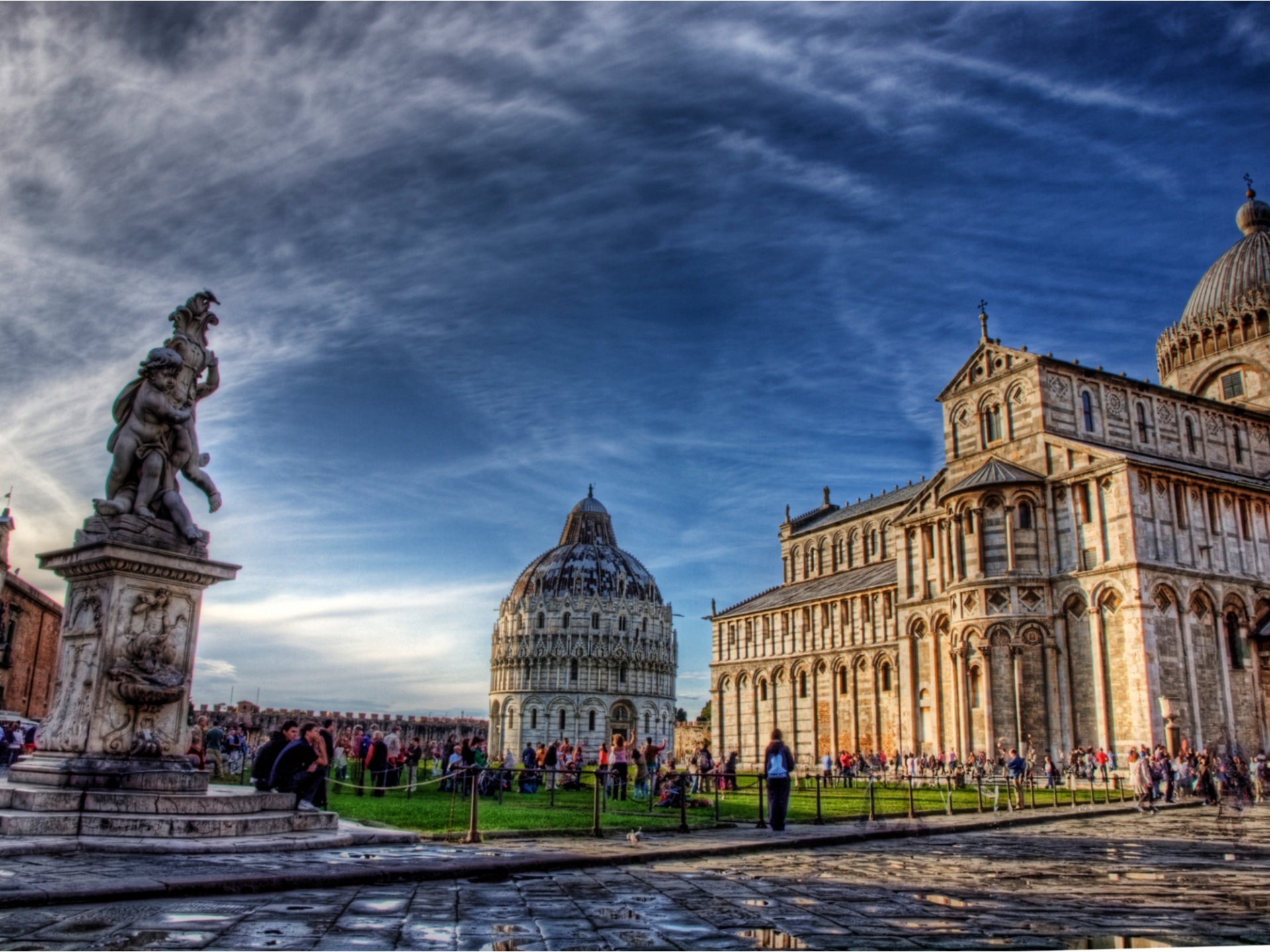
The Cathedral, named for Santa Maria Assunta, is a masterclass in Romanesque architecture and is symbolic of the prestige and riches achieved by the ancient Maritime Republic of Pisa at the height of its splendor.
Among the artworks on show inside there is the pulpit sculpted by Giovanni Pisano, displaying episodes from the life of Christ. The pulpit’s architectural structure and complicated adornment make it a seminal example of Italian Gothic sculpture.
The Baptistery
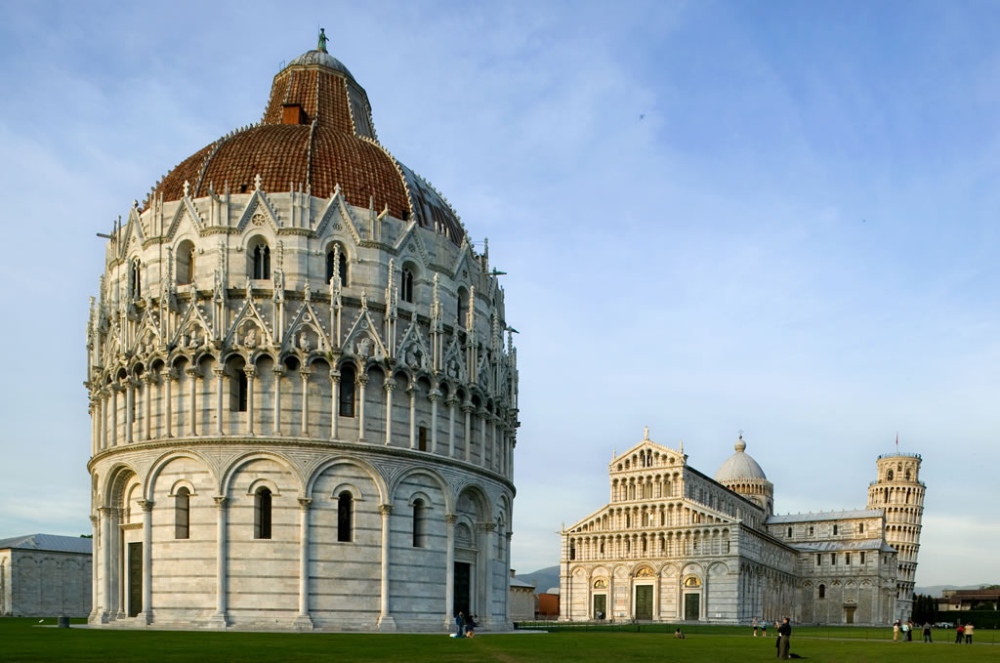
The Baptistery of San Giovanni, where Galileo Galilei was baptized, is a blend of Pisan Romanesque and Gothic influences since construction started in 1153 under the guidance of architect Diotisalvi, but the work was finished just one century later by Nicola and Giovanni Pisano.
With a circumference of 107.24 metres not only is it the largest baptistery in Italy but in the world. The interior has been left purposely empty and built in such a way that the building boasts extraordinary acoustics and a very distinctive echo.
Inside, take a look at the hexagonal pulpit carved with scenes from the life of Christ and the Universal Judgment by Nicola Pisano.
The Bell Tower
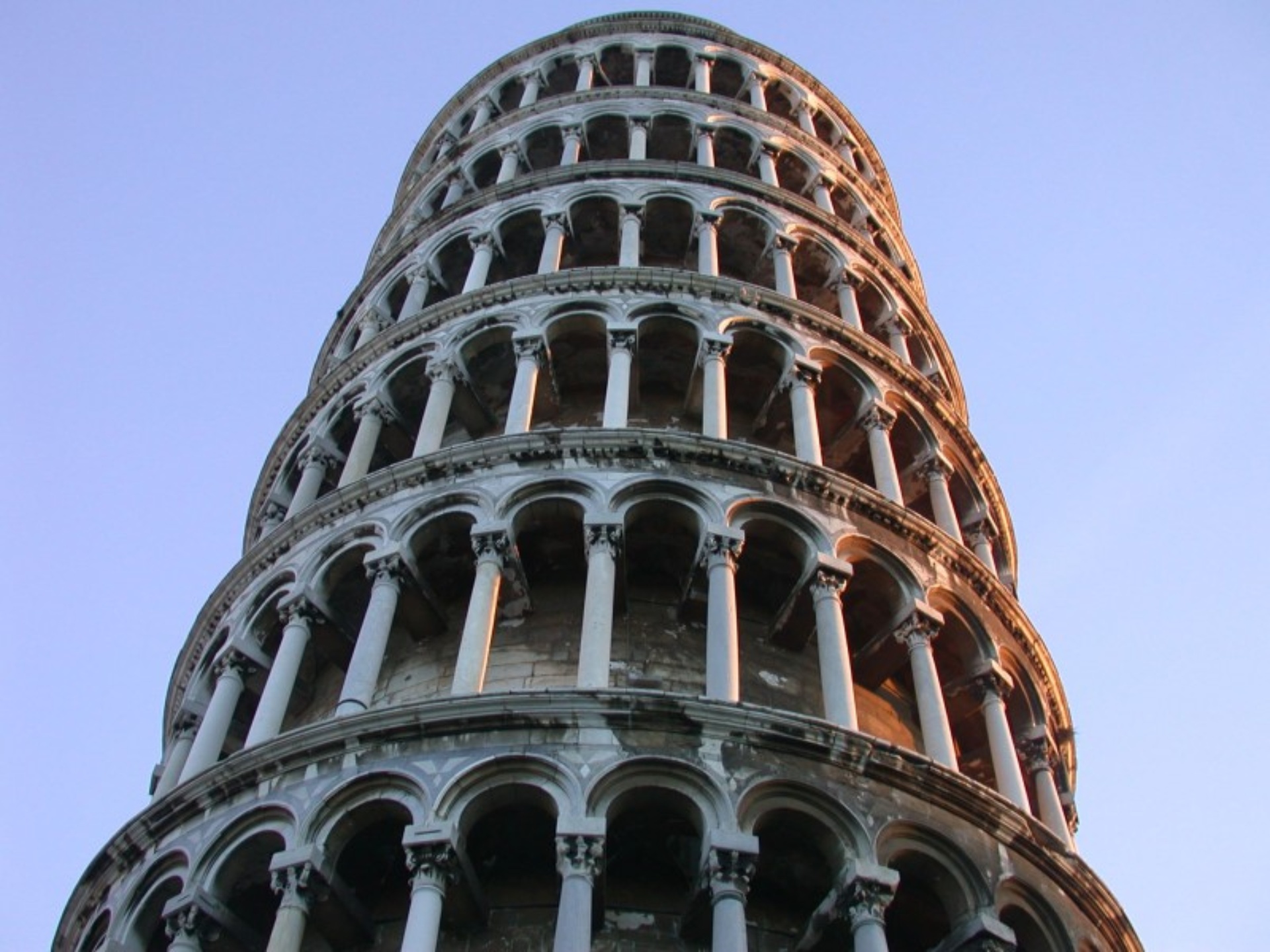
The famous Leaning Tower of Pisa, standing 56 meters high over eight floors, attracts tourists every year without fail, drawn by its odd slant of approximately 4 degrees, making it an oddity in the world.
The slant is due to a subsidence in the subsoil, which began in the early stages of the tower’s construction in 1173 and continued with two long breaks lasting for approximately 200 years.
The Monumental Cemetery
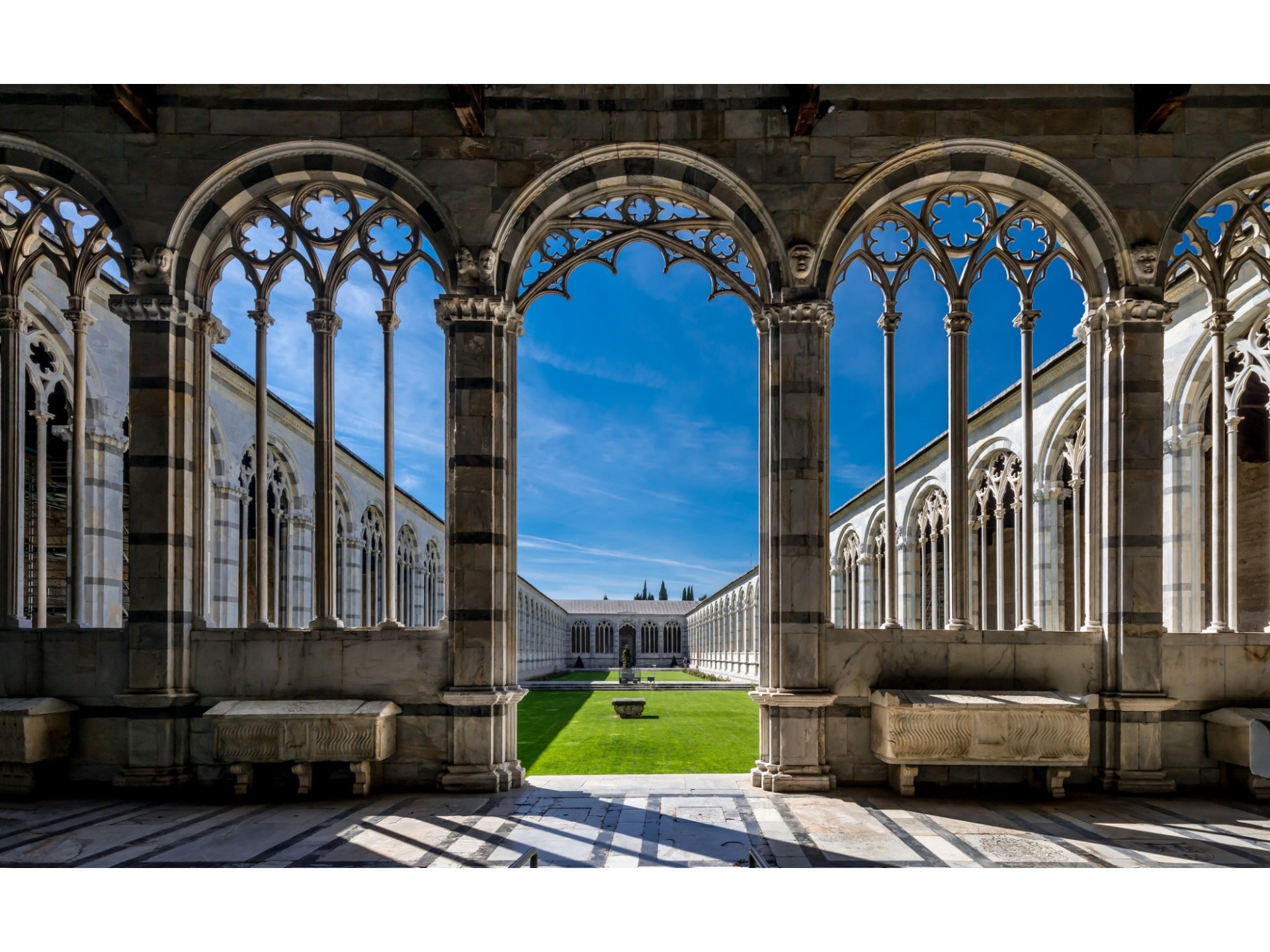
The old burial ground, also known as 'Camposanto Monumentale', is the final resting place of important sarcophagi dating to Late Antiquity, used in the Middle Ages as sepulchres, initially laid out along the outer sides of the Cathedral.
Sadly, the extraordinary fourteenth and fifteenth century frescoes, adorning the walls of the monumental buildings in the Camposanto, were seriously damaged during the Second World War. After careful restoration work, visitors can now enjoy these precious examples of Medieval and Early Renaissance art by Taddeo Gaddi, Andrea Bonaiuti, the Maestro del Trionfo della Morte and Benozzo Gozzoli.
